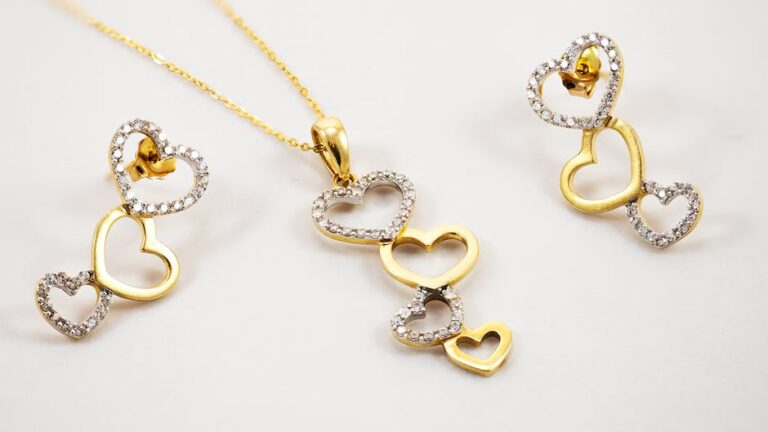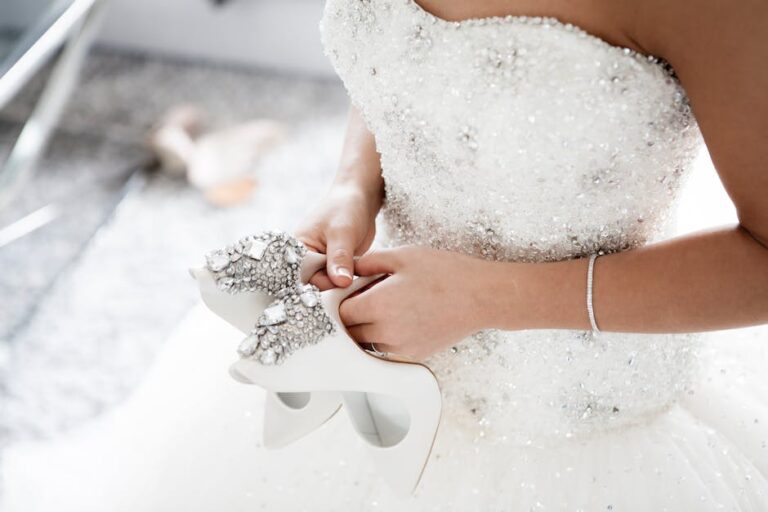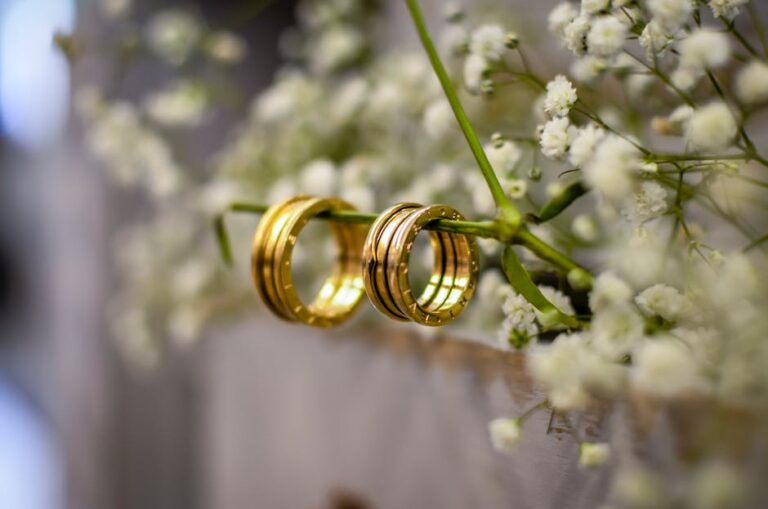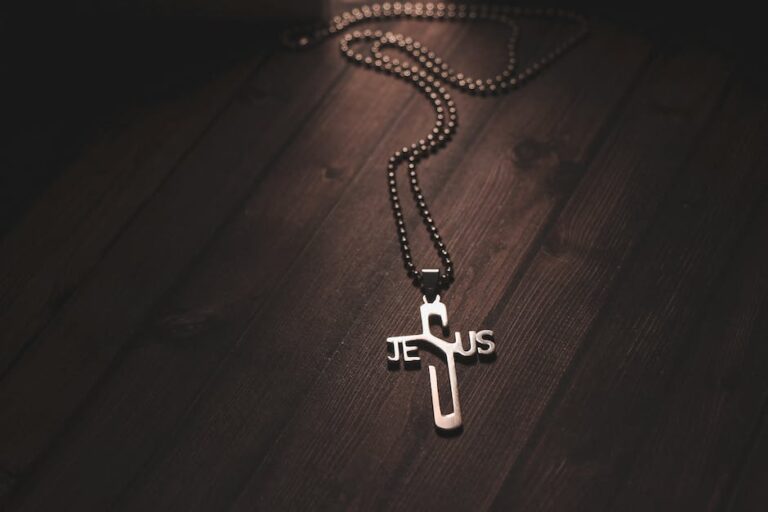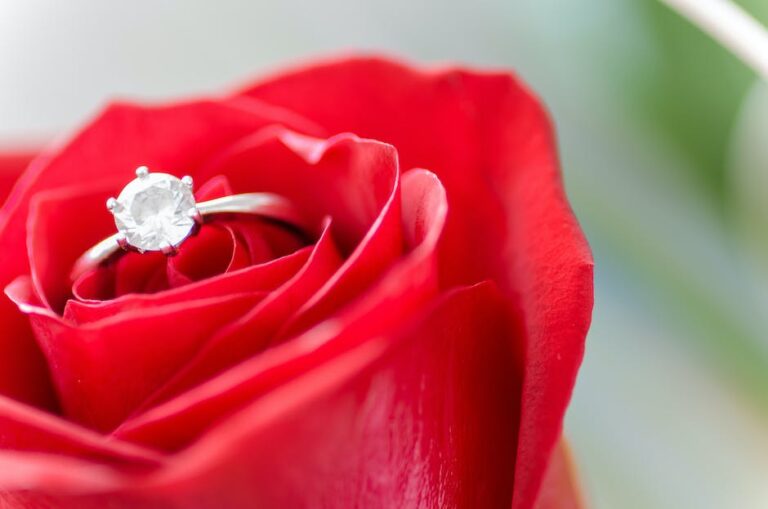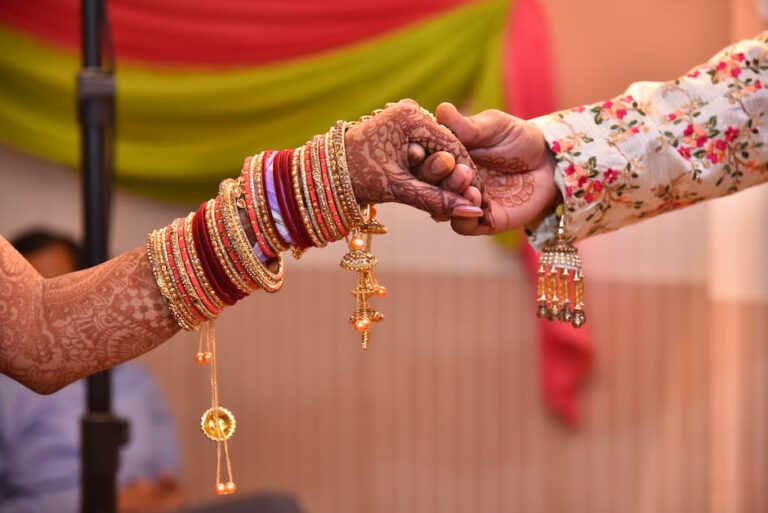The Four Cs of Diamonds: Understanding Carat, Clarity, Cut and Color
When it comes to diamonds, the four Cs are the most important factors that determine their value and quality. The four Cs are carat weight, clarity, cut, and color. In order to understand what makes a diamond valuable, it’s essential to learn about each of these factors and how they contribute to a diamond’s overall appearance and price.
Carat: Understanding Diamond Weight
Carat weight is one of the easiest factors to understand when it comes to diamonds. A carat is a unit of weight, and one carat is equivalent to 0.2 grams. The weight of a diamond is important because it directly affects its value. Larger diamonds are rarer and therefore more valuable than smaller diamonds of the same quality.
It’s important to note that carat weight is not the only factor that contributes to a diamond’s value. A larger diamond may be lower in quality and therefore worth less than a smaller diamond of a higher quality. It’s important to consider all of the four Cs together when evaluating the value of a diamond.
When shopping for a diamond, it’s important to keep in mind that the price per carat increases as the carat weight increases. This means that a 1 carat diamond will be more expensive than a 0.5 carat diamond of the same quality. However, the price per carat can also increase as the weight decreases for larger diamonds of exceptional quality and scarcity.
Overall, understanding carat weight is essential when shopping for a diamond. It’s important to weigh the carat weight against the other factors to make an informed decision about which diamond to purchase.

Clarity: How Flaws Affect Diamond Value
Stay tuned for the next page where we will discuss the clarity of diamonds and how flaws can affect their value.

Clarity: How Flaws Affect Diamond Value
Clarity is one of the most important factors when it comes to the quality and value of a diamond. Clarity refers to the presence of natural blemishes or inclusions in the diamond. Inclusions are internal flaws, such as air bubbles or cracks, while blemishes are external flaws, such as scratches or chips.
The clarity of a diamond is graded on a scale from Internally Flawless (IF) to Included (I3). The fewer inclusions or blemishes a diamond has, the higher its clarity grade will be. A diamond with a higher clarity grade will be more valuable than a diamond with a lower clarity grade.
However, it’s important to note that completely flawless diamonds are extremely rare and expensive. In most cases, some level of inclusions or blemishes can be found in a diamond, and they may not necessarily detract from the diamond’s overall beauty or value. It’s important to find a balance between clarity and other factors like cut and color when selecting a diamond.

Cut: The Importance of Diamond Proportions
The cut of a diamond refers to the proportions, symmetry, and polish of the diamond. A well-cut diamond will reflect light in a way that maximizes its brilliance, fire, and sparkle, while a poorly cut diamond will appear dull and lifeless.
There are three main aspects of a diamond’s cut that affect its appearance and value: brightness, fire, and scintillation. Brightness refers to the amount of white light that reflects from the diamond’s surface. Fire refers to the dispersion of light into the colors of the rainbow. Scintillation refers to the flashes of light that are visible as the diamond moves.
When shopping for a diamond, it’s important to consider the cut grade in addition to the carat weight, clarity, and color. A diamond with a high cut grade will be more valuable than a diamond with a lower cut grade. The quality of the cut can also affect the diamond’s perceived size and color, making it an important factor to consider when selecting a diamond.
In summary, understanding the importance of diamond cut is essential when selecting a high-quality diamond. A well-cut diamond will maximize the diamond’s natural beauty and value, making it a worthwhile investment.
Color: How Diamond Color Grade Affects Value
The color grade of a diamond refers to how much color it has, with completely colorless diamonds being the most valuable. The Gemological Institute of America (GIA) grades diamond color on a scale from D (colorless) to Z (light yellow or brown).
Diamonds that fall within the D to F range are considered “colorless” and are the most valuable. Diamonds in the G to J range are “near colorless” and are also considered high quality. Diamonds in the K to Z range have more color and are generally less valuable.
It’s important to remember that the color of a diamond can also be affected by its setting and the metal it’s set in. White gold and platinum can make a diamond look brighter and whiter, while yellow gold can make a diamond look more yellow.
Putting It All Together: How to Choose the Perfect Diamond
When it comes to choosing the perfect diamond, it’s important to consider each of the four Cs together. The ideal diamond will balance carat weight, clarity, cut, and color to create a beautiful and valuable gemstone.
It’s also important to consider your personal preferences and budget when selecting a diamond. Some people prefer larger diamonds, while others may prioritize a high level of clarity or a specific cut. By understanding the four Cs and your own preferences, you can find a diamond that meets your needs and is also a sound investment.
In addition, it’s important to shop with a reputable jeweler and to ask about the diamond’s certification and grading report. This will ensure that you’re purchasing a genuine diamond that has been graded accurately and fairly.
By keeping these factors in mind and taking your time to select the perfect diamond, you can find a beautiful and valuable gemstone that will bring joy for years to come.


